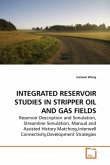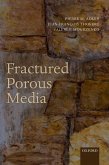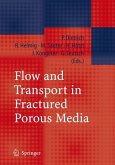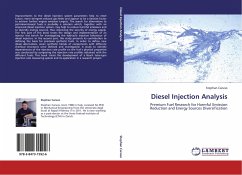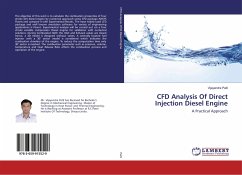This book intends to study the feasibility of carbon dioxide injection in naturally fractured reservoir . Recovery efficiencies and cash flow were studied with carbon-di-oxide and water injection simulation analysis in field case model and block case model . It was observed with simulation cases that CO2 penetration into the matrix is higher than water penetration. CO2 dissolves the lighter component of the oil , which reduces oil viscosity and makes oil swell, whereas water imbibes into the matrix due to capillary forces. Diffusion of CO2 into matrix starts after reaching to a certain concentration level. CO2 diffusion process into the matrix wins over water imbibition in oil recovery process as observed with simulation studies. At lower injection rate oil recovery due to carbon dioxide is lower than water injection and at higher injection rate CO2 injection results higher oil recovery compared to the water injection.
Bitte wählen Sie Ihr Anliegen aus.
Rechnungen
Retourenschein anfordern
Bestellstatus
Storno


